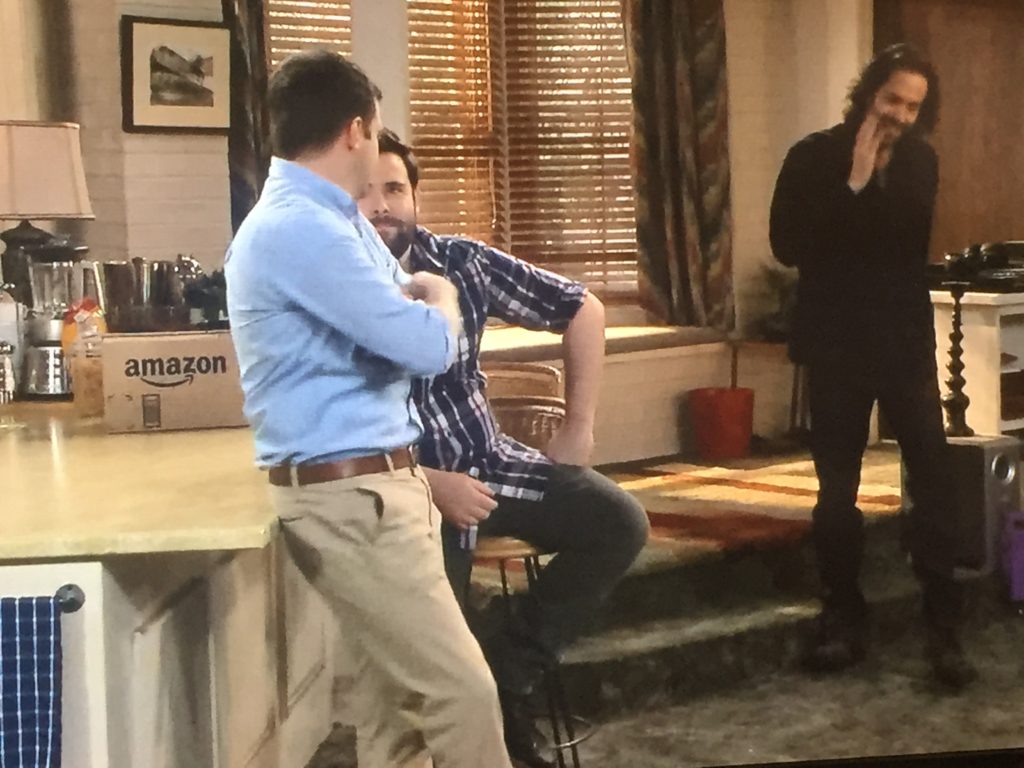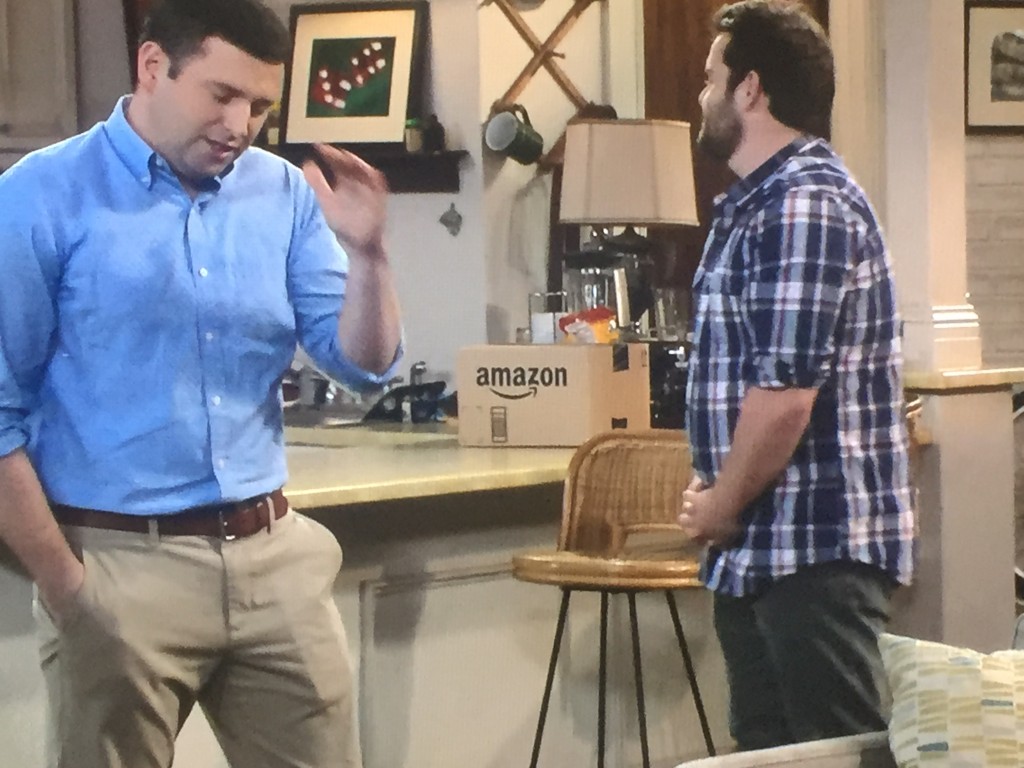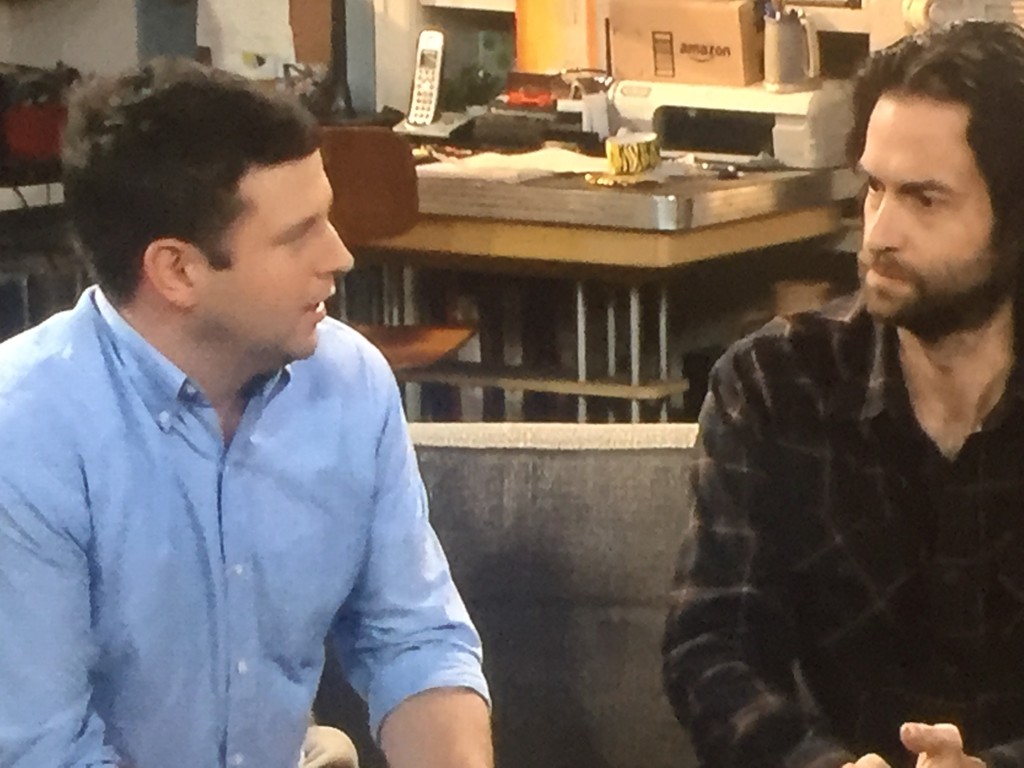In my career, I’ve learned there are two types of people in the business world – those who hate writing, and crazy people. Since I spend a significant amount of time writing for companies, I guess I fall in the latter category.
I love to analyze the differing styles of writers, and the ways they work with their words in order to make a good story great. It’s essentially my version of competitive research. I especially enjoy reading articles from writers who can engage readers without clickbait headlines such as, “5 Simple Copywriting Rules for Non-Writers.”
So this seems like a good time to share a few tips aimed at those of you who hate writing, but can’t escape doing it.
- You have three seconds to earn a reader’s attention so they’ll read for 30 more: If you have never had to write a sentence for a living, you probably didn’t even bother to click on the title of this article in your feed. That’s fine. You’re not my audience. But if you clicked on this link, I had about 30 seconds in the first three paragraphs to hook you into the meat of the story. If you’ve gotten down here to the bullets, I estimate I now have earned about three more minutes of your time. I’ll try to make it worth it.
- Never use an Exclamation Point: Exclamation Points are the lazy writer’s way to show importance about something. If you can’t make a sentence interesting enough to stand on its own, rewrite the sentence. When you are talking to someone in a meeting, do you suddenly shout at them? Of course not. No exclamation points. Ever. Got it? If you have to change the way you type to make sure “Shift-1” is harder to reach, you should do so.
- There is no such thing as, “very unique”: “Unique” is defined as, “Being the only one of its kind; unlike anything else.” When something is “one of a kind,” it can’t be “very one of a kind.” Don’t exaggerate for exaggeration’s sake.
- There’s a difference between who and that: There are many times when a person who ((not that)) has a lot of subject matter expertise, can present information on a blog that ((not who)) has readers who ((not that)) will benefit from it. Understand that “who” is for people and “that” is for things.
- Never use the same word twice in a sentence: This is a tough one for many companies, especially those that have precious few adjectives to describe their product’s features and benefits. Just be conscious that when you are producing content for your web properties, you should be able to write the content in a way that the content doesn’t require the same word multiple times. See, that sentence just sounded silly.
Writing can be a difficult game, but you should never fear it. A bad writer with great ideas is still more interesting to read than someone who is grammatically correct in their description of paint drying.
Was this useful? Kind of useful? Useless? I’d love to hear your own writing tips and tricks, as well as any grammar and punctuation rules that I’ve violated in this article.




